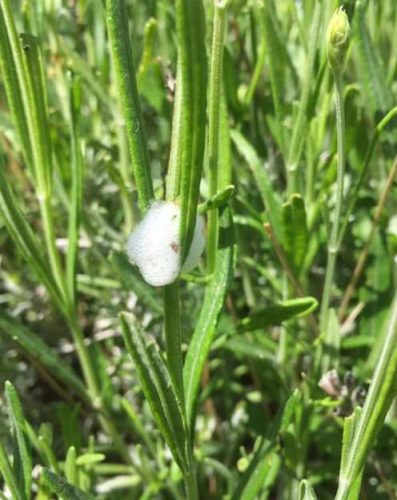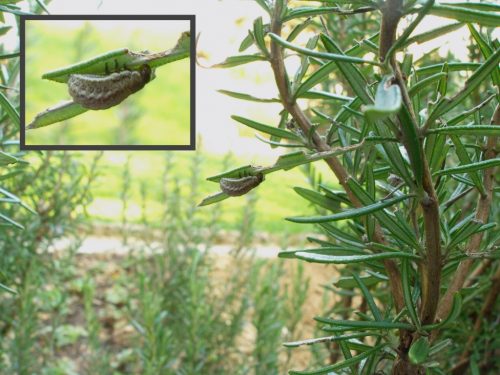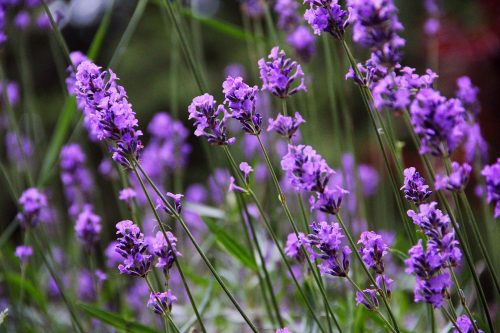Lavender, evergreen dwarf shrub in the mint family, native to the countries around the Mediterranean Sea. Strongly scented.
You are viewing the mobile-adapted version of the page.
The one for tablets, laptop and desktop also provides general information, such as origin, toxicity and cultivation.
Lavender – Lavendula, evergreen dwarf shrub in the mint family (Lamiaceae), native to the countries around the Mediterranean Sea. Strongly scented. Lavender grows no taller than 100 cm and no wider than 50 cm. The blue-purple flower spikes grow to be + 8 cm long.
There are more than a hundred different lavender species and cultivars, and by no means are they all hardy.
The very hardy Lavandula angustifolia (English lavender) is a favourite in cottage gardens. The height of this species ranges from 30 to 100 cm.
Lavender oil is obtained from the flowers and used as a fragrance in soaps and perfumes, among other things. The flowers are used in cooking as part of Provencal herbs. Lavender tea is said to be soothing.
Lavender likes a chalky, dry soil in a spot in the sun. Heavy, wet clay soils are not suitable for lavender. If lavender is too wet, root rot can occur.
When applied as a hedge, maintain 30 cm as planting distance. If lavender is not pruned annually, it will wilt. The initially thin branches become thicker and the underside becomes bare. Pruning second half of March: prune to 15 cm from the ground. Cut away spent flowers after flowering (August through October).
The flower spikes of lavender contain plenty of nectar; lavender is true bee plant.
Bugs

White foam (Cuckoo spit) between stems: meadow spittlebug (Philaenus spumarius).

Feeding on lavender leaves, larvae of the rosemary beetle (Chrysolina americana).
Fungi & diseases
Leaves yellow, droop, wilt and die. The roots are discolored: root rot caused by Pythium or Phytophthora.
Other
The dwarf shrub becomes too tall, causing the branches to lignify and the underside of the shrub to become bare. Annual pruning prevents lignified branches.
The lavender is wilting and the bark on the branches is coming off: the plant has been standing too wet, causing the roots to rot.

